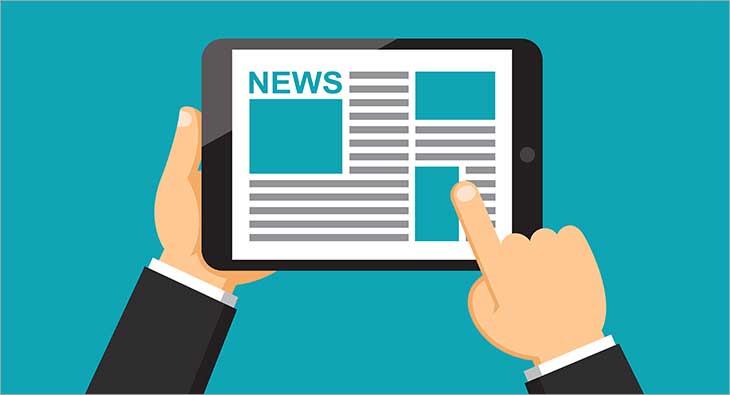What Does Popular News Do?
What Does Popular News Do?
Blog Article
6 Simple Techniques For Popular News
Table of ContentsOur Popular News PDFsA Biased View of Popular NewsTop Guidelines Of Popular NewsWhat Does Popular News Do?
Age is likewise a variable in the means people check out the role of social networks. More youthful social media news consumers are more probable to state it has actually affected their knowing for the far better. Regarding half of social networks information consumers ages 18 to 29 (48%) say information on social networks makes them far better informed, compared to 37% of those 30 to 49, 28% of those 50 to 64, and 27% of those 65 and older.Reporters weigh news worths when establishing whether or not to cover an occasion or news. Perhaps the most vital component of newsworthiness is whether or not the news product being interacted effects a news outlet's target market.
Research study on a state's new tax code most likely will not generate the exact same interest throughout state borders. Sometimes professionals can assist localize a bigger national story that impacts more than just a city or state.
If you are releasing newsworthy research study, loophole in MarComm prior to the short article being released to ensure that the pitch can stress the most recent component of the tale: the magazine of the research study. Events and news that involve prominent numbers are more probable to produce media coverage. Gos to from nationwide numbers often call for months of preparation because of expected neighborhood passion.
The 6-Minute Rule for Popular News
Stories usually include some sort of dispute. By interpretation, these stories are often debatable to some degree. Fortunately, college team and faculty are typically viewed as unbiased experts. We can aid minimize potential reputational risk with these stories while additionally increasing the chances of producing insurance coverage. While most of the above information worths are interwoven, human passion stories usually differ.
Human interest aspects can include news worth to other stories that could show up to be doing not have in the various other values. The novelty or curiosity of a circumstance can help influence whether an information outlet is most likely to cover a tale. While this is not an exhaustive checklist, checking to see if your story or occasion has these top qualities before contacting us will certainly assist you establish which components hold the most information value.
The study finds that slightly even more than fifty percent of all united state adults register for news in some formand approximately half of those to a newspaper. And unlike the idea that youths will certainly not spend for news because details on the web is complimentary, nearly 4 in 10 adults under age 35 are paying for news.
There is likewise significant proof that even more consumers could start to spend for information in the futureif publishers can understand them and serve them well. Fifty percent of those that do not pay for information actively look for news and look like clients in different methods. And nearly 2 in 10 of those that don't sign up for news now show they are inclined to start to pay in the future.
The smart Trick of Popular News That Nobody is Talking About
Individuals are attracted to information as a whole for two factors over others: A need to be notified people (newspaper subscribers particularly are extremely inspired by this) and since the publication they register for excels at covering specific subjects about which those customers particularly care - Popular News. While there are a host of reasons, the No
More than 4 in 10 also mention the fact that family and friends sign up for the very same item. More than a 3rd of individuals say they originally subscribed in response to a price cut or promotion. In print, individuals additionally are moved greatly to register for get promo codes that conserve them money, something that has untapped effects More Bonuses in digital.

More About Popular News
We asked everyone who told us they have a normal totally free source of news how most likely they would be to pay for it. Even more than a quarter (26 percent) state they would go to least rather most likely to begin useful link paying for itand 10 percent are extremely or incredibly likely. These likely payers often tend to be news seekers, and they likewise have a tendency to be people who currently spend for an information membership along with the source they follow absolutely free.
Of those that do pay, 54 percent sign up for papers in print or electronically, which stands for 29 percent of Americans overall. Many of them get a print magazine together with their newspaper and spend for two to four information sources in total amount, some a lot more. And while 53 percent are veteran clients (5+ years), even more than a quarter (27 percent) have bought their paper registration check these guys out within the past year.

Report this page